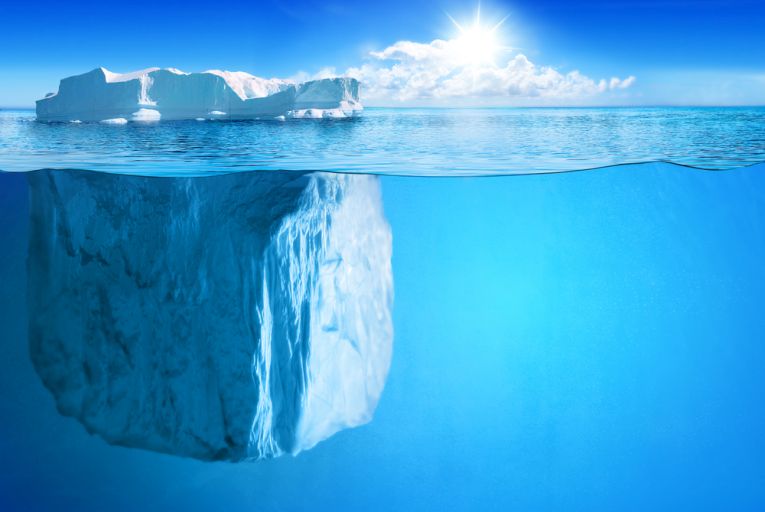Methane is well-known as a greenhouse gas. What we have missed in models of greenhouse warming is the vast disparity between the heavy carbon dioxide and the sheer lightness and solubility of methane. Being aware of the presence of this simple gas in swamps and even cattle, we should have worked out that any trapped gas could become a problem when it was released. The scene in Arctic waters like the Kara and the Pechora Seas is ripe for a massive release of methane. If warming from 2 sources continues to melt undersea permafrost and release enormous amounts of the gas, they will smell it from Moscow to Washington.
lexey Portnov, Jurgen Mienert and Pavel Serov of the Arctic University of Norway in Tromsà ¸ and VNIIOkeangeologia in Saint Petersburg have published a worrying paper in the Journal of Geophysical Research: Biogeosciences, in which they have been, Modeling the evolution of climate-sensitive Arctic subsea permafrost in regions of extensive gas expulsion at the West Yamal shelf
. In it, they ponder the 2 problems of vulcanism beneath the sea and warming ocean above the permafrost. Intermittently, both have melted the permafrost and released the dreaded methane.
The Russian portion of the Arctic shelves that stretch from Eurasia deep into the cold waters contain degrading subsea permafrost, swallowed up when sea levels rose 20,000 years ago in the Late Pleistocene. Minor changes in the temperature, such as subtle geothermal heat flow from beneath, seem to affect the methane production. The permafrost has a thickness of 275-390m near the shore which leaves us with incredible amounts of methane when you consider how much dissolves in one cubic meter of water. That figure is 164 cubic meters!
Dr Portnov has explained that while permafrost on land exists down to around 700m, the ocean can actually maintain permafrost even though the bottom temperature rises above zero. Because the land was submerged 20,000 years ago, the permafrost remains trapped at depths from 100m to very shallow waters. The gas plumes can be seen at 20-50m depths, indicating how fragile the permafrost situation is. His models show that 9000 years would be needed to melt the permafrost if the bottom temperature is 0.5 o C. We have determined quite definitely that the oceanic temperatures will now rise by 2 degrees, whatever the mitigation we can manage. Such a rise would, mathematically, lead to explosive gas releases from shallow seas like the Kara.
Recently giant sinkholes have been appearing on the Kara Peninsula, in part leading to this research. The exact cause has been worked out. Gas hydrates formed from methane remain stable in permafrost, but release great amounts of methane when warmed. The volume of the giant holes is the result of that destabilisation, with the volatile and light methane gas released into the atmosphere.
Welcome to the reality of global warming – and the new added ingredient – it causes even more global warming. Way back in 2011, Martin Leggett warned of the Arctic danger that lies in methane. It is 20X more effective as a greenhouse gas than the dreaded carbon dioxide. Now figure where the biggest danger lies.










